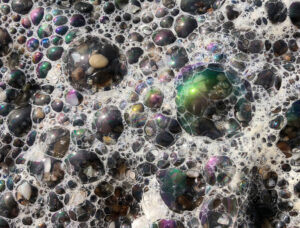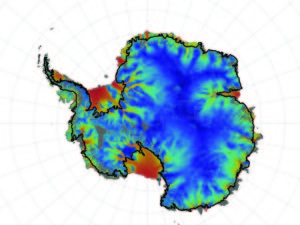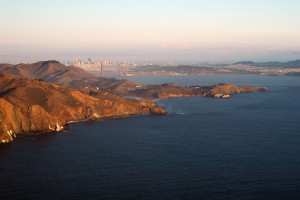At a jam-packed launch event this morning at the California Academy of Sciences in San Francisco, Google brought out no less than former Vice President Al Gore, prominent oceanographer Sylvia Earle, and rock star Jimmy Buffet to trumpet a new version of Google Earth that allows people all over the world to explore the vast majority of the earth’s biosphere that lies beneath the waves.
New ocean floor data is very detailed, and hundreds of clickable points all over the world showcase research on everything from the depths of the Marianas Trench to the travels of elephant seals right off of Ano Nuevo State Reserve.
Closer to home, you can now visualize the species in Monterey Bay Aquarium’s Seafood Watch listings right on a map, to see where and how each species is caught. The Tagging of Pacific Predators (TOPP) program, which tracks great white sharks, elephant seals, leatherback turtles, and other large predators, has also supplied data, so you can watch a virtual “swim-along” that tracks the path of a specific white shark or elephant seal to see how they seek out sea mounts and other areas rich in prey.
UC Santa Cruz graduate student Nicole Teutschl, who does education and outreach for TOPP, showed me some of her program’s data, and realized as she did so that researchers themselves will benefit from the new software. “We provided the information, but I’m seeing now that there’s a lot we can do to visualize our own data.”
Other layers show marine protected areas, on the one hand, and dead zones, on the other. Users can also check out maps of chlorophyll production and daily maps of surface temperature.
Another set of new features stores historical image data over time, so you can track a particular location as it changes. Vice President Gore demonstratred this with Grinnell Glacier at Glacier National Park, which has diminished markedly just since 1993.
Find out more at earth.google.com.

-1024x587.jpg)



